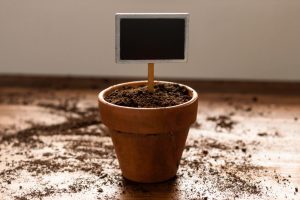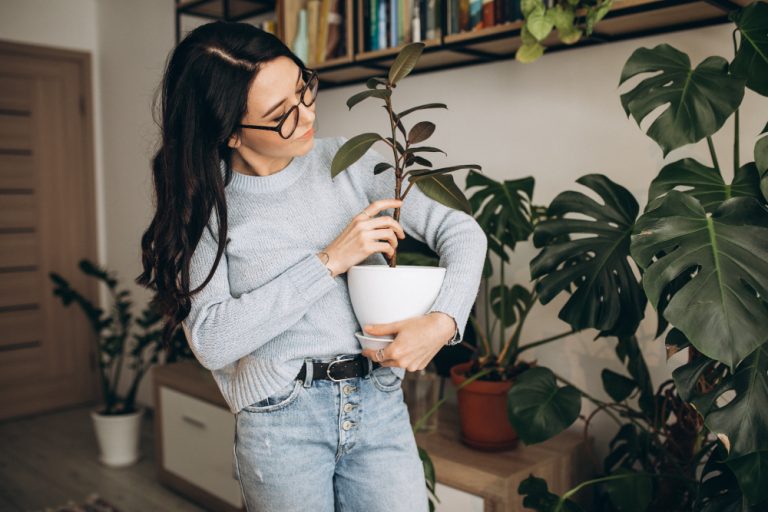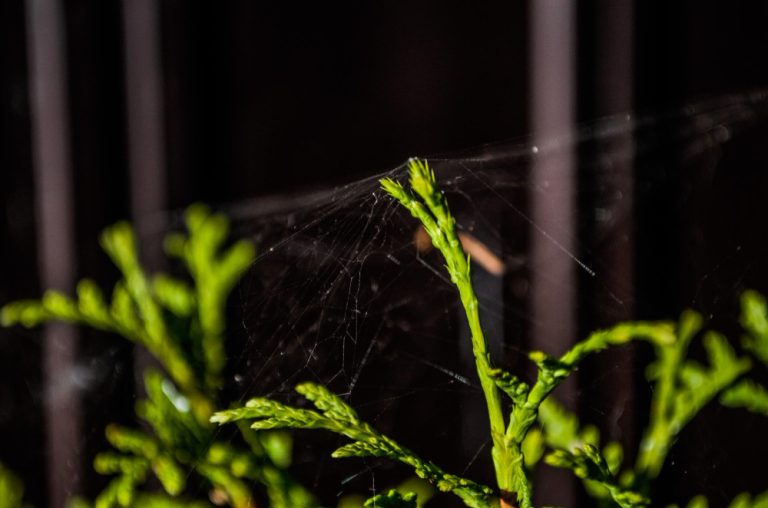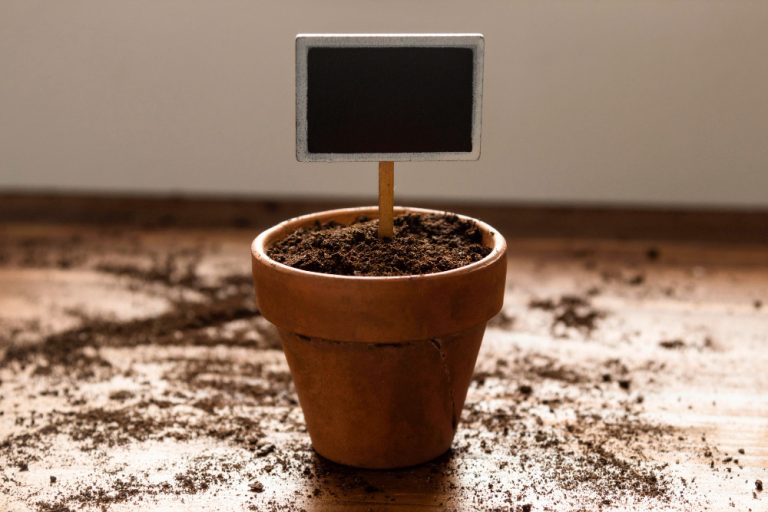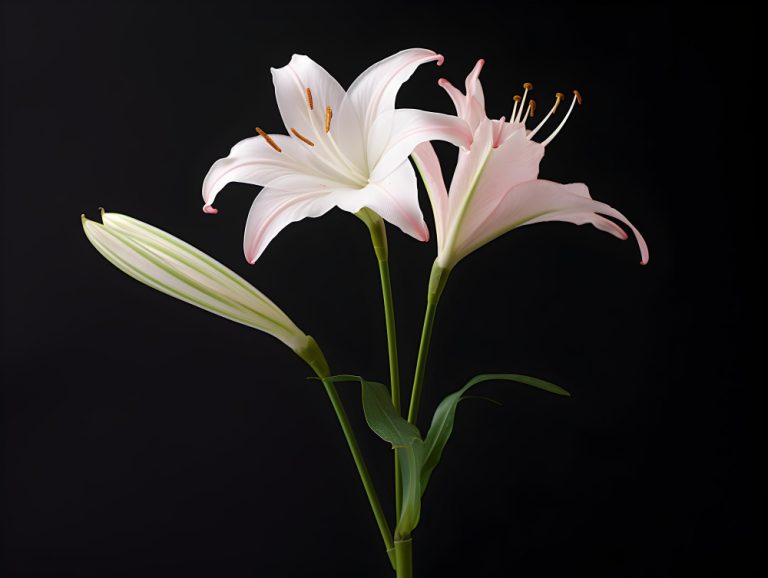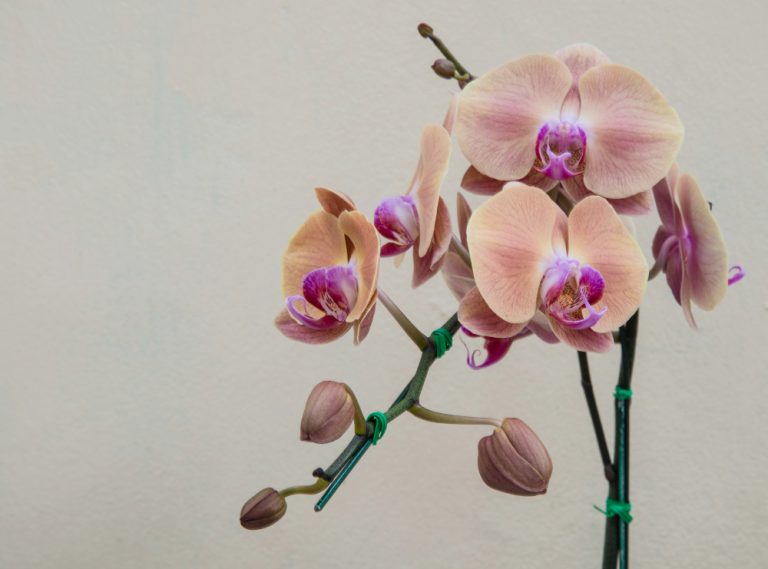Fertilizing indoor plants is a vital aspect of plant care that often determines the success and vibrancy of your indoor jungle. While soil provides essential nutrients, they can become depleted over time as plants grow and absorb them. Fertilizers replenish these nutrients, ensuring your plants have everything they need for healthy growth, robust foliage, and vibrant blooms. Understanding the basics of fertilization is essential for providing your indoor plants with the nourishment they need to thrive in their indoor environment.
How Often Should You Fertilize Indoor Plants?
Determining how often to fertilize indoor plants can be a bit of a balancing act, as it depends on several factors, including the type of plant, its growth stage, and environmental conditions. In general, most indoor plants benefit from regular fertilization during the growing season, typically spring and summer when they are actively growing. During this time, fertilize your plants every two to four weeks with a balanced, water-soluble fertilizer diluted to half the recommended strength. As the growth slows down in fall and winter, reduce the frequency of fertilization to once every four to six weeks or suspend fertilization altogether.
Signs Your Indoor Plants Need Fertilization
While following a fertilization schedule is essential, it’s also essential to pay attention to your plants’ signals to determine when they need a nutrient boost. If you notice slow or stunted growth, pale or yellowing leaves, or reduced flowering or fruiting, it may indicate that your indoor plants are lacking essential nutrients. Additionally, if you’re repotting your plants or notice new growth, it’s an excellent time to replenish the soil with fresh nutrients by fertilizing them. By observing your plants’ behavior and responding to their needs, you can ensure they receive the proper nourishment to thrive.
Tailoring Fertilization to Your Indoor Garden
Every indoor plant is unique, with its own preferences and requirements when it comes to fertilization. Some plants, such as tropicals and flowering plants, are heavy feeders and benefit from more frequent fertilization during the growing season. Others, such as succulents and cacti, have lower nutrient needs and may require less frequent fertilization. It’s essential to research the specific needs of each plant in your indoor garden and tailor your fertilization regimen accordingly. Experimentation and observation are key to finding the right balance of nutrients for your plants.
Avoiding Over-Fertilization
While it may be tempting to shower your indoor plants with fertilizer in the hopes of boosting their growth, too much of a good thing can be harmful. Over-fertilization can lead to a buildup of salts and minerals in the soil, which can burn the roots and damage the plant. Symptoms of over-fertilization include wilting, yellowing or browning of leaves, and stunted growth. To avoid over-fertilization, always follow the manufacturer’s instructions when applying fertilizer and dilute it to half the recommended strength for indoor plants.
Eco-Friendly Fertilization Practices
In addition to choosing the right fertilizer and fertilizing frequency, consider incorporating eco-friendly fertilization practices into your indoor plant care routine. Organic fertilizers, such as compost tea, fish emulsion, or worm castings, provide natural sources of nutrients without the use of synthetic chemicals. These organic fertilizers not only nourish your plants but also improve soil structure and microbial activity, creating a healthy and sustainable growing environment. Additionally, consider recycling kitchen scraps, such as banana peels or eggshells, by composting them and using the nutrient-rich compost to fertilize your indoor plants naturally. By adopting eco-friendly fertilization practices, you can nourish your indoor garden while reducing your environmental footprint.

